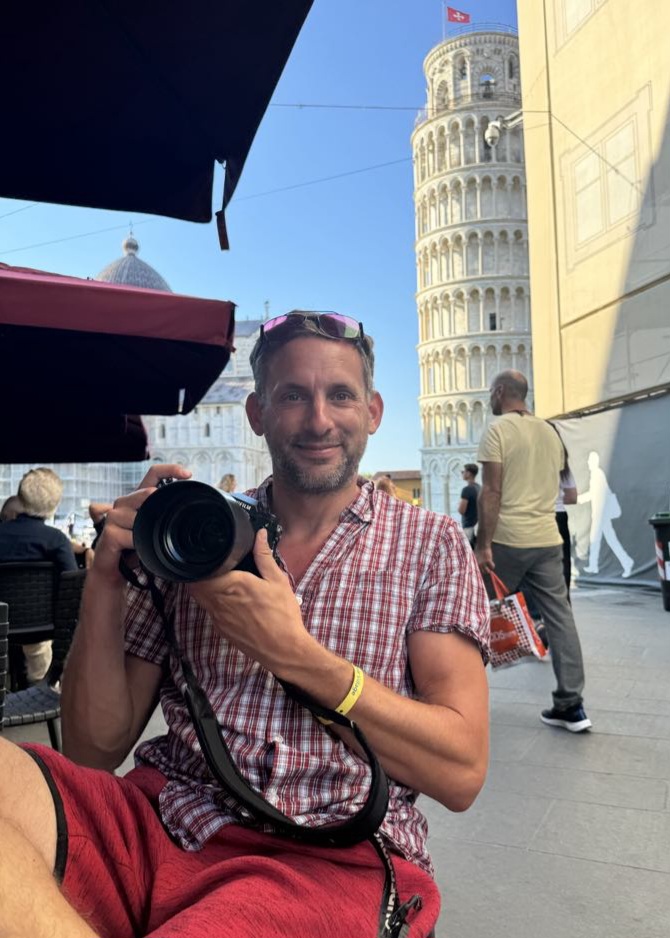Moon rising timelapse tutorial. Best camera settings
- Chris Cork
- Aug 6, 2022
- 2 min read
Updated: Nov 16, 2025
My moon rising timelapse has been doing quite well lately, heavily acknowledged on social media and even on TV!
Out of gratitude, I thought I would share some love so I have made a YouTube video tutorial of my favoured camera settings.
The first moon rise timelapse features Belle Tout lighthouse in Beachy Head, Eastbourne, photographed from approx 1km away. The second timelapse is at Detling Barn, local to Maidstone and apron 0.5km away. This one is actually a moon set at 6am.
I drink copious amounts of coffee whilst making these videos so if you would like to help support my coffee addiction, you can buy me a coffee here 😁
Transcript of video below:
"Last year I purchased a Tamron 500mm SP mirrored vintage lens as a test to see how much I would like shooting at that focal length.
I have been doing quite a lot of Milky Way nightscapes so thought I would freshen my feed up by doing something different and focusing on the moon.
At the time there wasn’t really a decent zoom lens for my Panasonic S5 to purchase. I also didn’t want to invest £1000 on a shooting style that may not stick.
Anyhow, it did so this year I purchased a Sigma 150-600mm sport L mount. I’ve really enjoyed using it for both sunrises and moonrises. If you would like to see some sunrise timelapse settings, check the link at the bottom of this page.
It’s very important to get the settings right for a moon or sun rise timelapse otherwise you will end up with jerky motion.
This first timelapse was at the Belle Tout lighthouse in Eastbourne. For this timelapse I shot with manual settings, 1/25 of a second, aperture 7.1, ISO 100 and a fixed white balance. This was taken in June, the day before the full super moon. Moon was at 98%.
This second timelapse is at the Detling barn, local to Maidstone. The settings for this one are 1/400th of a second, aperture f8.0, ISO 100, fixed white balance and a shot every 2 seconds.
I changed to a shot every 2 seconds as when I did a close up of the Belle Tout lighthouse for an Instagram reel, there was a slight jerking motion visible when playing back at 24 seconds.
By making it a shot every two seconds there will be less movement of the moon between each shot.
2 or 3 seconds looks great at 16:9 landscape, it’s only when cropping in for 9:16 portrait that 2 seconds may be required."







Comments